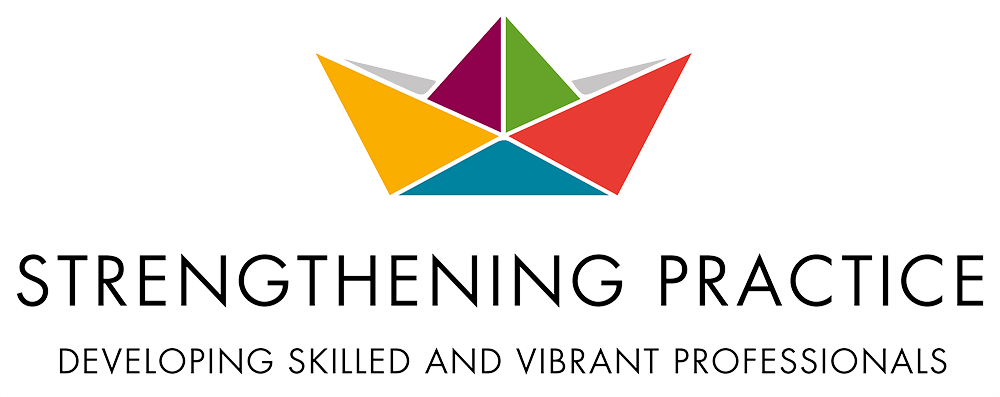In our first blog we talked about pronouns; how they help us to self-identify, how others use pronouns to identify us, and the complexities of identity in an ever-changing world.
Today’s blog locates our world in the workplace and asks the following questions: how do we manage conversations about difference, how do we use language, what experiences inform the language that we use, and how can we express acceptance and positive regard for others.
Given that the LGBTQI+ Corner is about issues that impact upon the lives of gender non-conforming, non-binary people, I want to begin with a term often used by transgender activists in pushing back against cis-gender assumptions about who they are. The term is ‘misgendering’ and it provides an important context for discussions on the role our individual and collective identity plays in framing social discourse.
There have been many articles written on misgendering, but here I make note of Kirby A. Conrod’s study entitled: ‘Pronouns and Misgendering’. Drawing on Kevin A. McLemore’s 2015 article, ‘Experiences with misgendering: Identity misclassification of transgender spectrum individuals’, Conrod noted that misgendering is essentially a misattribution or miscategorization of a person’s gender identity. This is of course, an over-simplification of a very complex issue, but it is nevertheless a useful starting point in discussing ways to adopt gender neutral language in the workplace.
Using as sub-headings the questions I have laid out in the second paragraph of this blog, let’s consider the Human Rights Campaign article that I mentioned in the first blog: ‘Talking About Pronouns in the Workplace’.
How do we manage conversations about difference?
Being ‘different’ has not always been a word associated with acceptance. Used in a pejorative way, ‘difference’ sets people apart rather than bringing us together in recognition of our unique contributions to society. When we promote harmful narratives about LGBTQI+ people, and especially about transgender and gender nonconforming people, HRC reminds us that if someone’s ‘gender presentation is not either male or female “enough”, they may be subject to misunderstanding, bias and discrimination’. As social care professionals working in and across multiple contexts, we must hold fast to the ethics and values that guide our profession and at every opportunity advocate for policies that reflect the diverse populations we serve. The Human Rights Campaign, hereinafter referred to as HRC, notes that ‘companies seeking to be LGBTQ inclusive need to be aware of the importance of pronouns to the community and explore appropriate solutions for their workplaces.’
How do we use language?
In the workplace language is used to communicate policies, give instructions, ask critical questions and where necessary, to make positive changes in the quality of our working lives. Several helpful suggestions from the HRC identifies five areas where the opportunity to use a person’s preferred pronoun can be ascertained. They are:
– Interviewing panels
– On-boarding processes
– Corporate social networks/platforms, etc.
– Using pronouns in our signature blocks
– Asking people for their preferred pronouns
What experiences inform the language we use?
We all come to the workplace from different cultures and life experiences that shape how we see the world. Some of us are well-equipped to navigate our environment with high levels of confidence and an expectation of belonging, while others who may have experienced rejection for who they are or who they are perceived to be, often come into the workforce feeling anxious and uncertain if they will be accepted. And while great progress has been made in ensuring equal rights for everyone in the workplace, there are still many private and government institutions that aggressively seek legal exceptions to upholding the rights of LGBTQI+ people.
How can we express acceptance and positive regard for others?
The easiest way is to ask people how they would like to be addressed, refrain from making assumptions about who they are, be respectful of their responses, and correct our mistakes when we make them. HRC notes that a ‘culture that readily asks or provides pronouns is one committed to reducing the risk of disrespect or embarrassment for both parties’. Indeed, it is about recognising and challenging discriminatory practices in the workplace and advocating for change.
In my next blog I focus on the COVID-19 pandemic and how the contradiction between wearing masks in public to protect ourselves and others from spreading the corona virus, and the racial profiling of minorities which makes wearing any face covering problematic, sets up a tension that has its roots in historical racism.
Until then, check out our website at: https://www.strengtheningpractice.co.uk/ to find out what else is on offer.
Thanks for reading,
Dr Monalesia Earle PhD
References
Conrad’s study which was presented at the 2018 New Ways of Analyzing Variation (NWAV ) conference held at New York University.
McLemore’s article in Self and Identity, Issue 1, volume 14, 2015.
Conrad’s study, ‘Pronouns and Misgendering’, p. 1.
Human Rights Campaign Foundation, ‘Talking About Pronouns in the Workplace’

